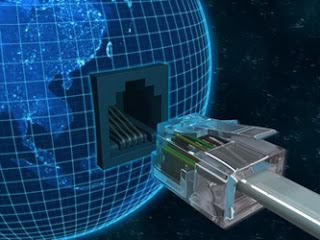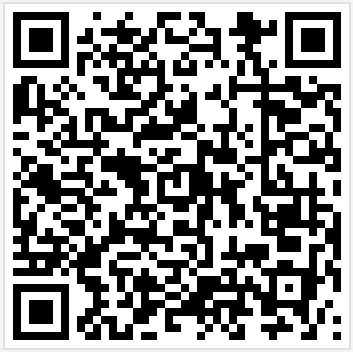Came across this comprehensive and insightful essay by Jordan Julien. He has arrived at the
insights based on examining internal documentation, and conducting
ethnographic studies, from four different global CPG's and finding
correlations.
The
synthesis of this work has culminated into "The Ecosystem of
Understanding", a framework for keeping CPG's (and everyone else)
relevant online.
Jordan been able to extract 5 insights common (as under) to every CPG he has worked with; even the most innovative.
- We don't know who we're talking to, but we like to pretend like we do.
- We don't know why we're talking to them, but we know we should be.
- We suffer from Shiny Object Syndrome.
- We're inconsistent, but we're learning.
- We're old, scared, and angry; but its only a matter of time before we're phased out.
Read more here
































